How to Maintain Your Outdoor Rugged Smart Watch: Essential Tips for Longevity
Outdoor rugged smartwatches are built to withstand harsh environments and challenging conditions. However, even the most durable devices require proper care to ensure longevity and optimal performance. Maintaining your rugged outdoor smartwatch involves regular cleaning, protecting it from extreme conditions, and ensuring it remains fully functional. This comprehensive guide will walk you through the essential steps to keep your smart watch in top condition.
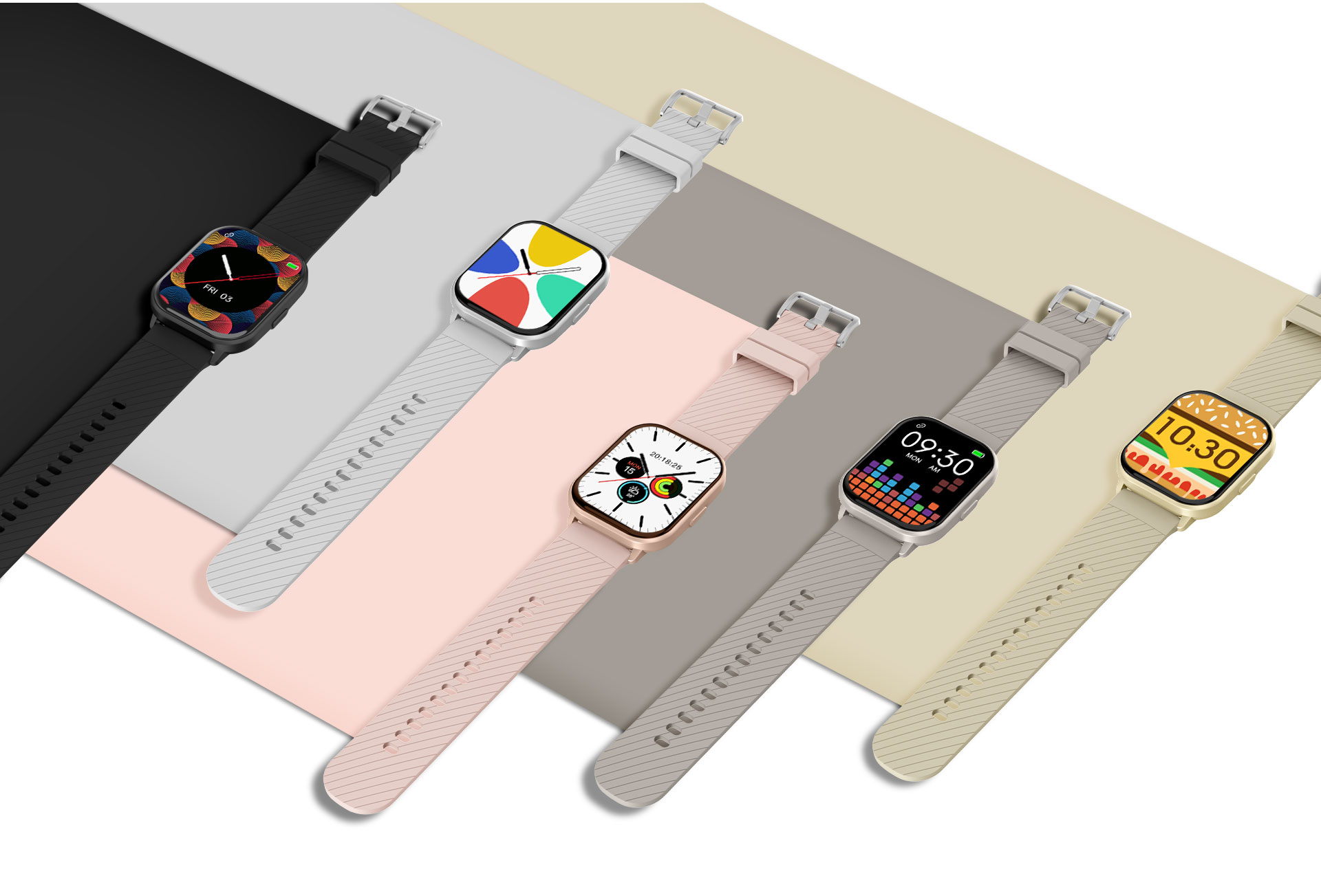
Understanding Your Outdoor Rugged Smart Watch
Outdoor rugged smartwatches are engineered for resilience and endurance. They are designed to withstand extreme conditions, from high altitudes to deep waters, and everything in between. Understanding the key features of your device and the benefits of regular maintenance will help you keep it performing at its best.
- Key Features of Rugged Smart Watches
Rugged smartwatches typically feature robust materials, reinforced screens, and advanced sensors to track various outdoor activities. These devices often come with water and dust resistance ratings, shockproof designs, and extended battery life, making them ideal for adventurers and outdoor enthusiasts.
- Benefits of Regular Maintenance
Regular maintenance of your smartwatch ensures that it remains functional and accurate. It helps prevent the buildup of dirt and grime, reduces wear and tear, and extends the lifespan of the device. Proper care can also enhance the performance of sensors and other features, ensuring reliable tracking and data collection.
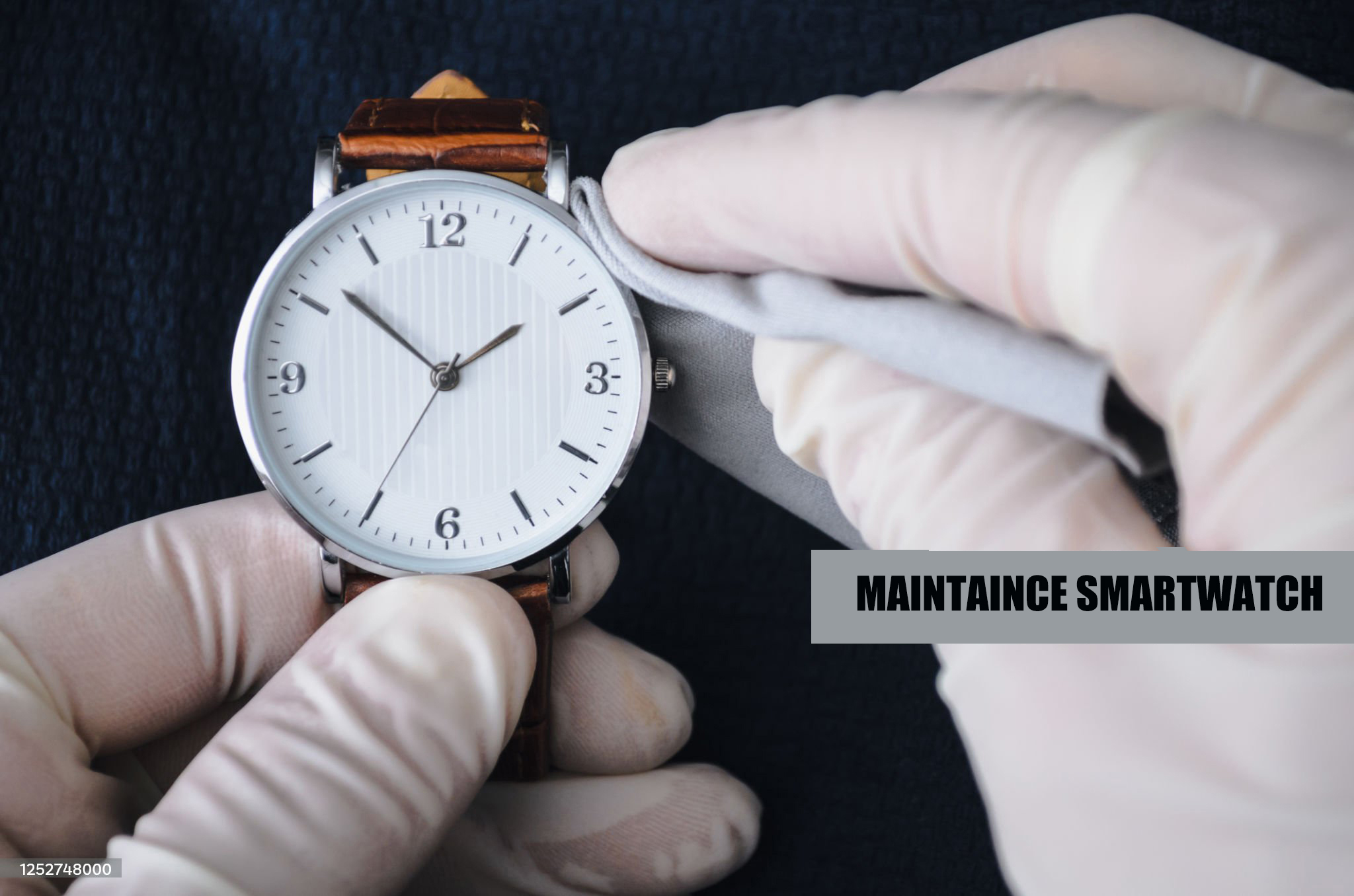
Cleaning and Maintenance Basics
Keeping your outdoor rugged smartwatch clean is crucial for its longevity and functionality. Regular cleaning helps prevent damage and ensures that the sensors and display operate optimally.
- Daily Cleaning Routine
1. Wipe Down the Watch: Use a soft, lint-free cloth to wipe down the watch face and band after each use. This helps remove sweat, dust, and debris.
2. Check the Sensors: Ensure that the sensors on the back of the watch are clean and free from obstructions. This is vital for accurate data tracking.
3. Avoid Harsh Chemicals: Use only mild soap and water if necessary. Avoid harsh chemicals that could damage the watch’s materials and coatings.
- Deep Cleaning Techniques
1. Remove the Band: If your watch allows, remove the band to clean hard-to-reach areas.
2. Use a Soft Brush: A soft brush can help dislodge dirt and grime from crevices and around buttons.
3. Dry Thoroughly: Ensure the watch is thoroughly dried after cleaning, especially if it has been exposed to water.
Protecting Against Extreme Conditions
Outdoor conditions can be harsh on electronic devices. Protecting your smartwatch from extreme weather and environmental factors is essential.
- Weatherproofing Tips
1. Use Protective Covers: Use protective covers or cases designed specifically for your smartwatch model.
2. Avoid Prolonged Exposure: Minimize prolonged exposure to direct sunlight, extreme cold, or heavy rain.
3. Apply Waterproof Seals: Ensure that all waterproof seals and gaskets are intact and properly positioned.
- Temperature and Humidity Considerations
1. Avoid Extreme Temperatures: Keep your watch within the recommended temperature range to prevent damage to the battery and electronic components.
2. Monitor Humidity Levels: High humidity can affect the internal components of the watch. Store your watch in a dry place when not in use.
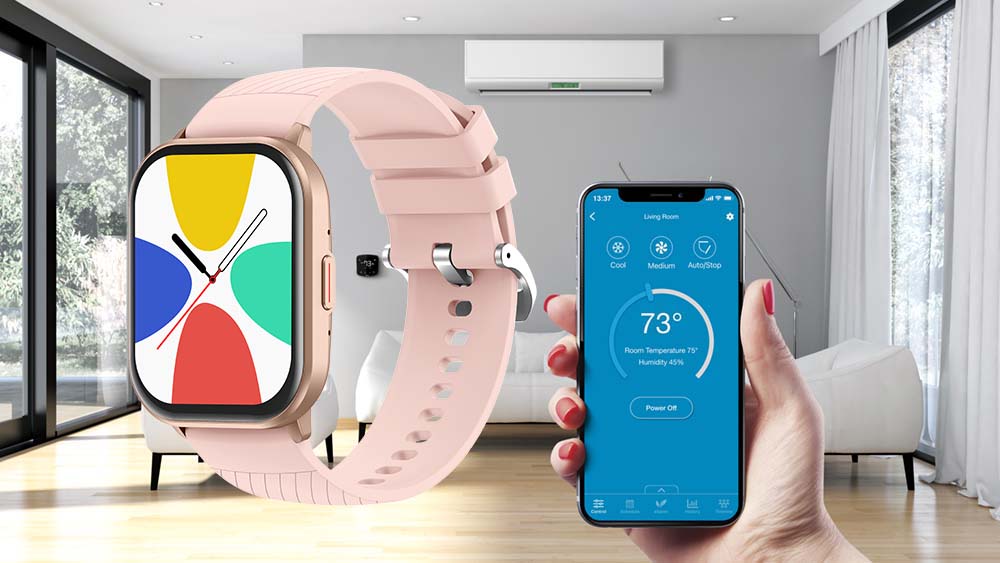
Battery Care and Optimization
The battery is a critical component of your smartwatch. Proper care can help maximize its lifespan and ensure consistent performance.
- Charging Best Practices
1. Use Original Chargers: Always use the original charger or a compatible charger recommended by the manufacturer.
2. Avoid Overcharging: Do not leave your watch charging overnight. Disconnect it once it reaches full charge.
3. Charge Regularly: Regularly charge your watch to keep the battery in good condition. Avoid letting the battery drain completely.
- Maximizing Battery Life
1. Adjust Settings: Reduce screen brightness, disable unnecessary notifications, and turn off features like GPS when not in use to conserve battery life.
2. Power-Saving Modes: Use power-saving modes during extended activities to prolong battery usage.
3. Monitor Battery Health: Regularly check the battery health and replace it if you notice significant declines in performance.
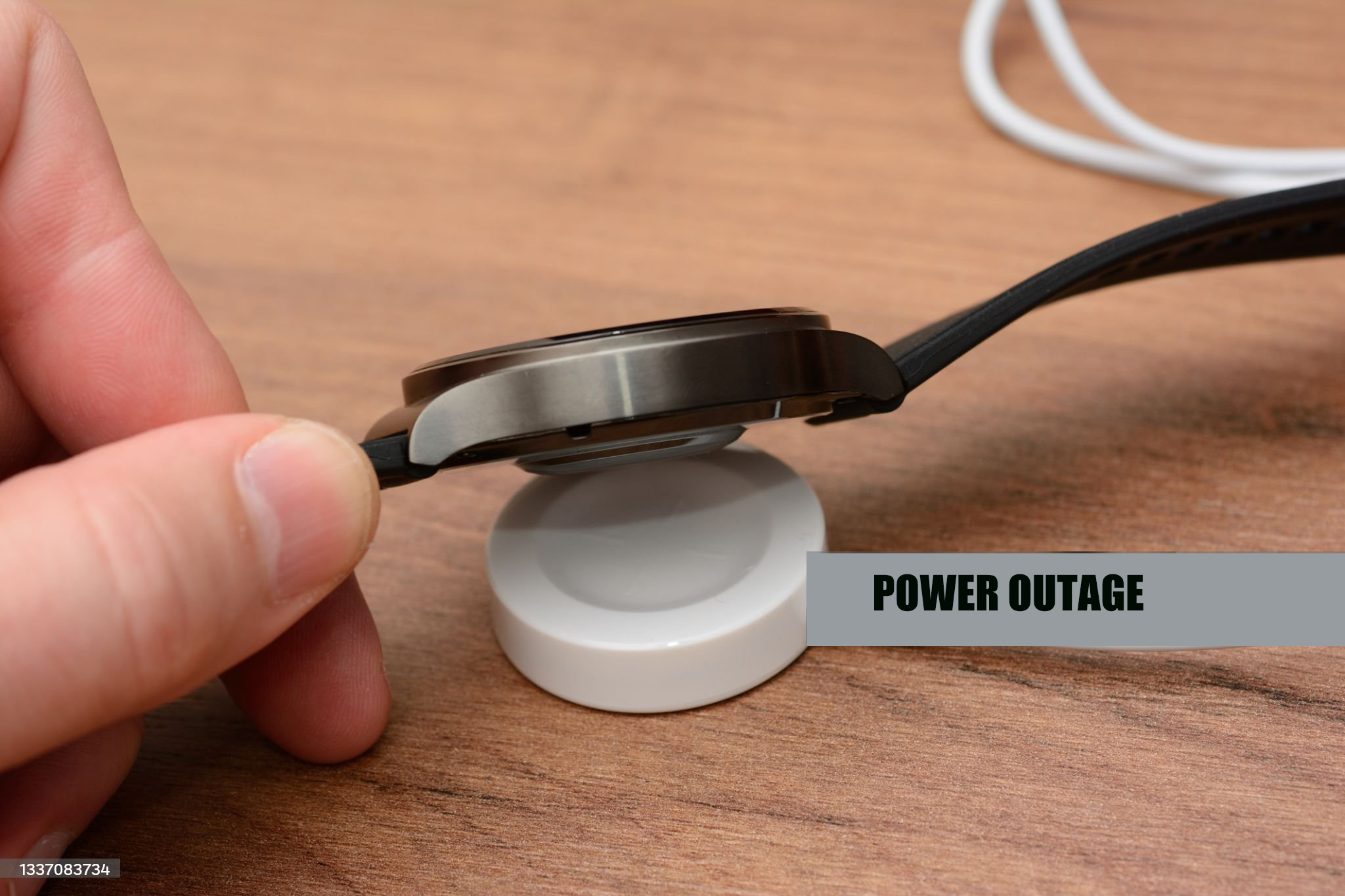
Software and Firmware Updates
Keeping your smart watch’s software and firmware up-to-date is essential for optimal performance and security.
- Importance of Regular Updates
1. Enhance Performance: Updates often include performance improvements and bug fixes that can enhance the functionality of your watch.
2. Security Patches: Firmware updates can include critical security patches that protect your device from vulnerabilities.
3. New Features: Manufacturers regularly add new features and capabilities through software updates.
- How to Update Your Smart Watch
1. Check for Updates: Regularly check for software and firmware updates through the companion app or watch settings.
2. Stable Connection: Ensure your watch is connected to a stable Wi-Fi network during the update process.
3. Follow Instructions: Follow the manufacturer’s instructions carefully to avoid issues during the update.
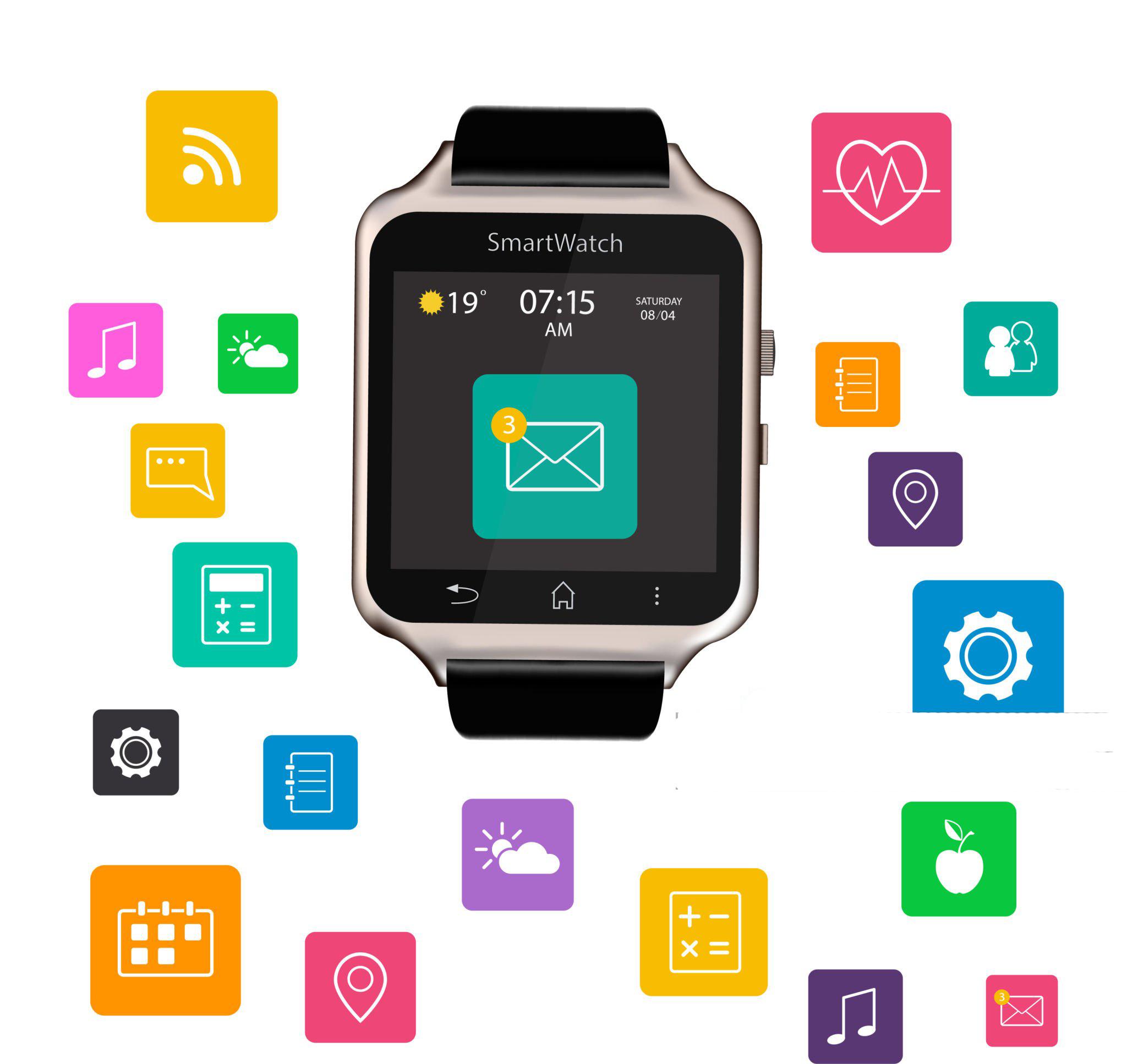
Preventing Physical Damage
Physical damage can significantly impact the performance and aesthetics of your smartwatch. Preventive measures can help maintain its condition.
- Using Screen Protectors and Cases
1. Screen Protectors: Apply a screen protector to prevent scratches and cracks on the watch face.
2. Protective Cases: Use a protective case to safeguard the watch body against drops and impacts.
3. Regular Inspection: Regularly inspect the screen protector and case for wear and replace them as needed.
- Handling and Storage Guidelines
1. Handle with Care: Avoid dropping or subjecting your watch to excessive force.
2. Safe Storage: Store your watch in a safe place when not in use. Avoid placing it in areas where it could be crushed or scratched.
3. Travel Protection: Use a protective travel case when carrying your watch during travels.
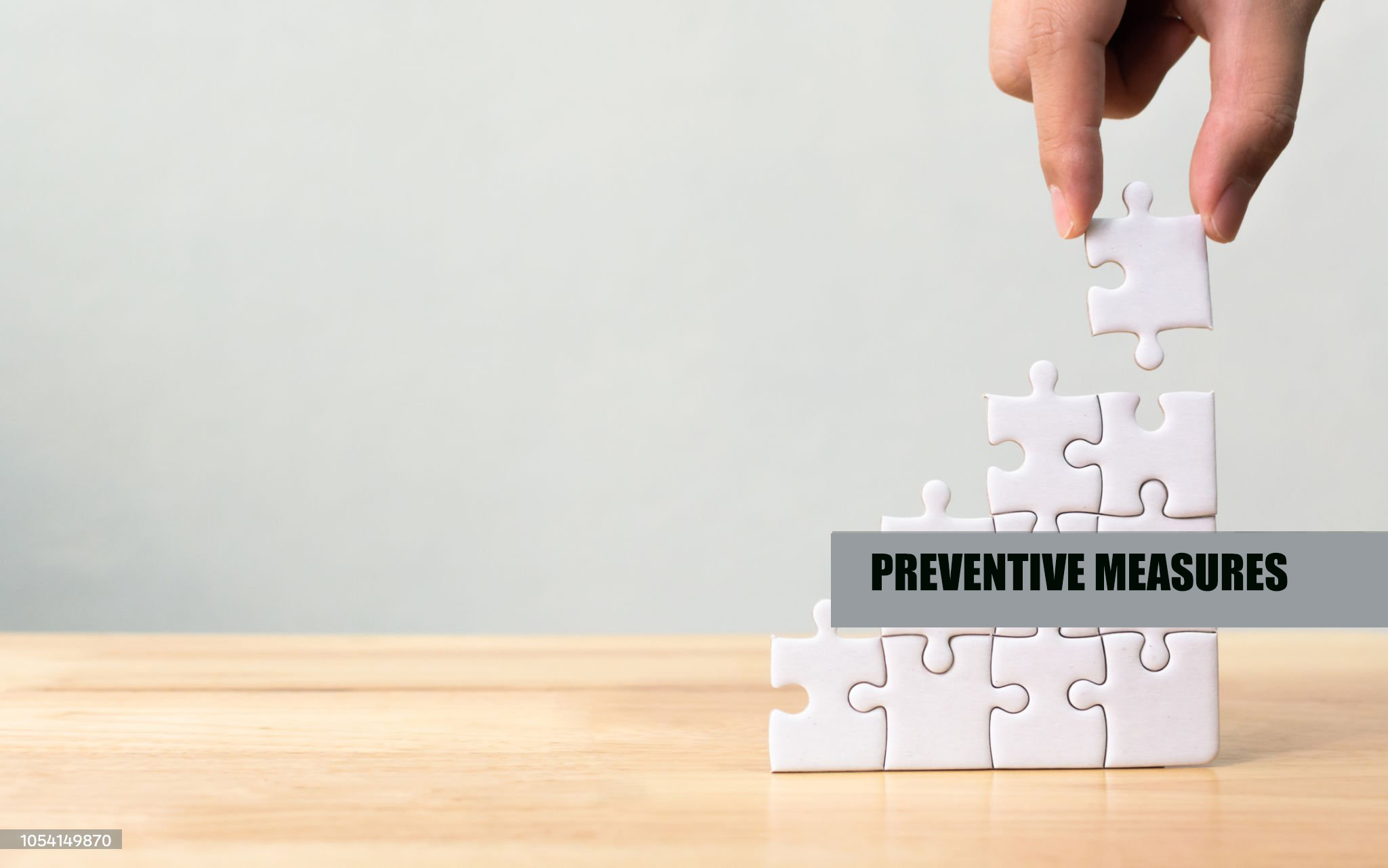
Waterproofing and Moisture Management
Even rugged smartwatches need careful handling to maintain their waterproof capabilities.
- Ensuring Waterproof Integrity
1. Check Seals: Regularly check waterproof seals and gaskets to ensure they are intact.
2. Avoid Hot Water: Do not expose your watch to hot water, which can affect waterproof seals.
3. Follow Manufacturer Guidelines: Adhere to the manufacturer’s guidelines for water resistance, including depth and duration limits.
- Managing Exposure to Water and Sweat
1. Rinse After Exposure: Rinse your watch with fresh water after exposure to salt or chlorinated water.
2. Dry Thoroughly: Ensure your watch is dried thoroughly after getting wet, especially before charging.
3. Avoid Long Exposure: Minimize prolonged exposure to water and sweat to prevent damage to internal components.
Troubleshooting Common Issues
Even with proper maintenance, issues can arise. Knowing how to troubleshoot common problems can save time and frustration.
- Addressing Connectivity Problems
1. Restart Devices: Restart your smartwatch and the connected device to resolve connectivity issues.
2. Check Settings: Ensure Bluetooth or Wi-Fi is enabled and properly configured on both devices.
3. Update Software: Make sure both devices are running the latest software versions.
- Resolving Sensor Malfunctions
1. Clean Sensors: Ensure the sensors are clean and unobstructed.
2. Recalibrate: Follow the manufacturer’s instructions to recalibrate the sensors if necessary.
3. Seek Professional Help: If issues persist, contact customer support or visit a service center for professional assistance.
Accessory Maintenance
Maintaining the accessories of your smartwatch, such as bands and straps, is equally important.
- Caring for Bands and Straps
1. Regular Cleaning: Clean bands and straps regularly with a mild soap solution and a soft cloth.
2. Avoid Harsh Conditions: Avoid exposing bands to harsh chemicals, extreme temperatures, and abrasive surfaces.
3. Proper Storage: Store bands and straps in a cool, dry place when not in use.
- Replacing Wearable Parts
1. Monitor Wear: Regularly check for signs of wear and tear on bands and straps.
2. Replace as Needed: Replace worn-out parts promptly to maintain comfort and security.
3. Use Original Parts: Use original or manufacturer-approved replacement parts for compatibility and durability.
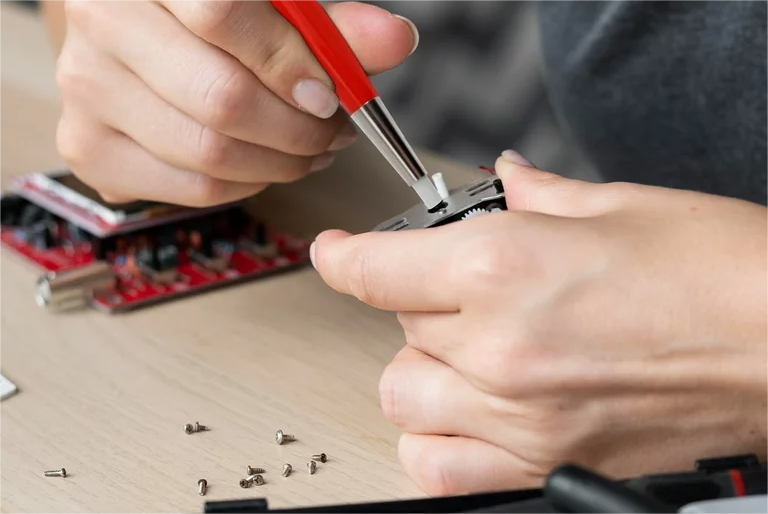
Long-term Storage Tips
Proper long-term storage ensures your smartwatch remains in good condition when not in use for extended periods.
- Preparing Your Smart Watch for Storage
1. Clean Thoroughly: Clean your watch thoroughly before storing it to remove any dirt, sweat, or debris.
2. Power Off: Turn off the watch to preserve battery life and prevent accidental damage.
3. Remove Bands: Remove the bands and store them separately to prevent scratches and deformation.
- Ideal Storage Conditions
1. Dry Environment: Store your watch in a dry environment to prevent moisture damage.
2. Temperature Control: Keep the storage area at a stable temperature to avoid stress on the battery and electronic components.
3. Protective Case: Use a protective case or box to shield the watch from dust, impacts, and other potential hazards.
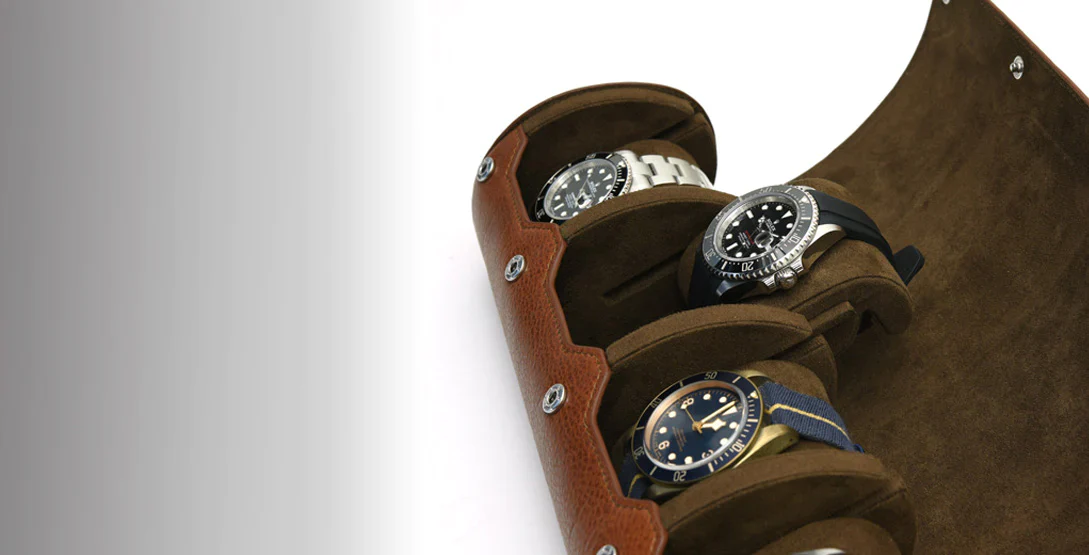
Best Practices for Rugged Use
Maximizing the performance and longevity of your outdoor rugged smartwatch involves adopting best practices during use.
- Outdoor Activity Tips
1. Secure Fit: Ensure the watch fits securely on your wrist to prevent it from getting snagged or damaged during activities.
2. Use Appropriate Modes: Utilize specific activity modes designed for outdoor use to optimize tracking and performance.
3. Regular Checks: Regularly check your watch for damage or wear, especially after intense activities.
- Handling Harsh Environments
1. Avoid Extreme Conditions: Minimize exposure to extreme temperatures, heavy impacts, and corrosive substances.
2. Protective Gear: Use additional protective gear, such as wristbands or covers, in particularly harsh environments.
3. Quick Maintenance: Perform quick maintenance checks and cleanings after exposure to harsh conditions.

FAQs
- How often should I clean my outdoor rugged smartwatch?
You should clean your outdoor rugged smartwatch after each use, especially if exposed to dirt, sweat, or water. A thorough cleaning should be done at least once a week.
- Can I wear my smartwatch in the shower?
While many rugged smartwatches are water-resistant, it’s best to avoid wearing them in hot showers to protect waterproof seals and gaskets.
- How do I know if my smartwatch needs a software update?
Check for software updates regularly through the companion app or watch settings. Notifications from the manufacturer also indicate when updates are available.
- What should I do if my smart watch gets too hot?
If your smartwatch gets too hot, remove it and let it cool down in a shaded area. Avoid exposing it to direct sunlight or high temperatures.
- How can I protect my smart watch screen from scratches?
Use a screen protector to shield the watch face from scratches and impacts. Also, consider using a protective case for added durability.
- What are the signs that my smart watch battery needs replacing?
If your smartwatch battery drains quickly, doesn’t hold a charge, or the device shuts off unexpectedly, it may be time to replace the battery.
Conclusion
Maintaining your outdoor rugged smartwatch is a blend of regular cleaning, careful handling, and staying updated with the latest software. By following these essential tips, you can ensure your smartwatch remains durable and performs at its best, no matter the conditions. Taking proactive steps to protect and care for your device will help you make the most of its features and enjoy a reliable companion on all your outdoor adventures.



